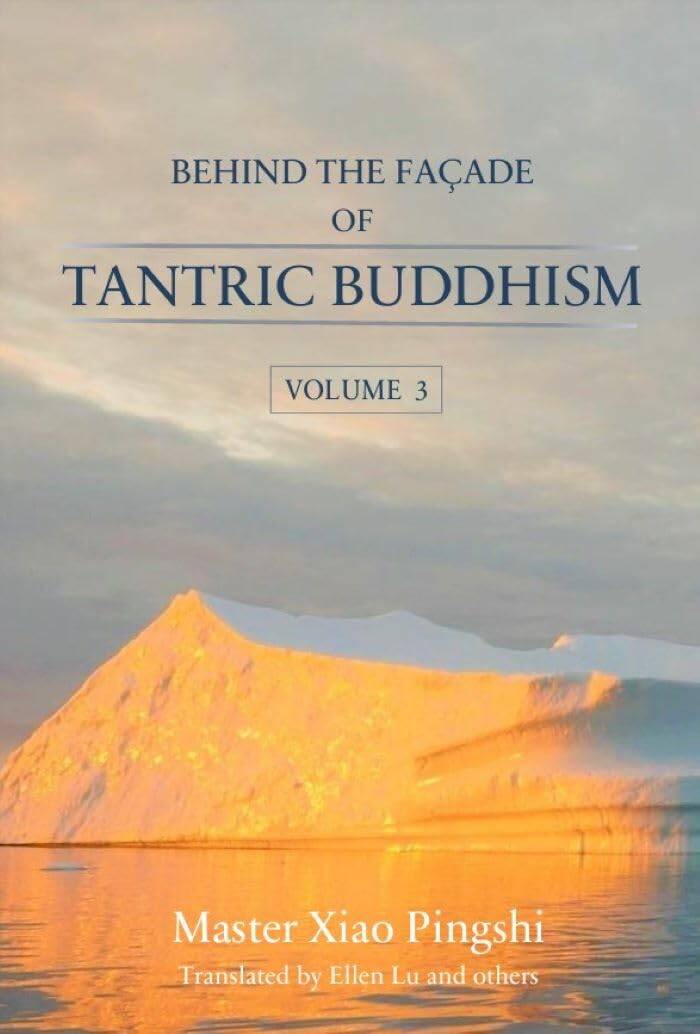Tibetan Buddhism

In this Dharma-ending era, the teachings about the way to Buddhahood have already been lost in most places, and the Buddhist “masters” of our time, such as the Dalai Lama, no longer have the proper knowledge of them. They present teachings that deviate from or are irrelevant to the correct cultivation of Buddhahood as taught by Buddha Śākyamuni. The Prāsaṅgika Madhyamaka philosophy espoused by the Gelug sect of “Tibetan Buddhism” is a form of nihilism grounded in the theory that all phenomena are interdependently originated, without the need for a fundamental cause. It is an idea born out of speculation and is at odds with the correct cultivation of Buddhahood. Consequently, many Buddhist practitioners adopt their erroneous exegeses, become beguiled by the Prāsaṅgika Madhyamaka philosophy promoted by “Tibetan Buddhism,” or even become avid supporters of the propagation of the Prāsaṅgika Madhyamaka. In doing so, they unknowingly commit the extremely grievous sin of undermining the Buddha Dharma while believing that they are protecting and spreading it. Thus, the disappearance and extinguishment of the Tathāgata’s True Dharma will not be like the immediate sinking of an overloaded ship. Instead, the True Dharma will “gradually vanish.” The True Dharma (S. saddharma) will thus eventually become extinct when wicked people appear in the world and join the Buddhist community. They enjoy doing all kinds of unwholesome things, such as committing adultery and carrying out other immoral acts by substituting the practice of the True Dharma with the non-Buddhist practice of tantric sex in Lamaism to accomplish their evil deeds.
The Crises of Buddhism
Master Xiao Pingshi
(One volume in traditional Chinese)
This book shows the current and future crises of Buddhism. By distinguishing right from wrong in phenomena and doctrines, it enables four-assembly learners to know the true essence of Buddhism. They can thus avoid being misled by famous teachers and masters. This book is also a reminder to the four assemblies of Buddhists to confront the crises of contemporary and future Buddhism, including the biggest crisis of the tantriczation of Buddhism (assimilated by Tibetan tantric Buddhism) and secularization, academicization, commercialization, and even conglomeration. It is my hope that after reading this book, everyone can avoid being misled by unwholesome teachers and their erroneous views. Only by relying on the right views and knowledge of truly enlightened mentors can one sequentially practice and gradually complete the causes and conditions of seeing the Path of the Three Vehicles.

The Nectar and Dharma Rain
Master Xiao Pingshi
(One volume in traditional Chinese)
This book explains the Path to Liberation and the Path to Buddhahood, informing learners that the practice of these two nectars fully encompasses the Buddha Dharma. This book also provides a brief introduction to worldly nectar and tantric nectar. Knowing the difference between these two will enable novice Buddhist practitioners to make their own judgments about which is the correct method of practice without being led astray.
Behind the Façade of Tantric Buddhism
(Comprising four volumes)
Master Xiao Pingshi
Behind the Façade of Tantric Buddhism, a series of four volumes, explores the doctrines of the Secret Mantra Vehicle, also known as Tibetan Buddhism. In reality, Tantric Buddhism is wholly unrelated to Buddhism, given that its cultivation of Highest Yoga is nothing but the lustful practice of sexual union. Such a faith based on copulation contradicts the Buddha's discourses, violates morality and ethics, disturbs social order, and has wrecked the peace and harmony of countless families. In contrast, the Jonang School that emerged in Tibet propagated the doctrine of "other-emptiness," which allows followers to realize the Tathagatagarbha and to directly comprehend how it generates all phenomena. As the Jonang School is the sole Tibetan lineage that teaches the Buddha Dharma, it stands as the only true Tibetan Buddhist tradition. This in-depth exposé illustrates the authentic Buddha Dharma and reveals the fallacies concealed behind the Buddhist veneer of Tantric Buddhism, hoping to guide the public onto the correct path to Buddhahood.





